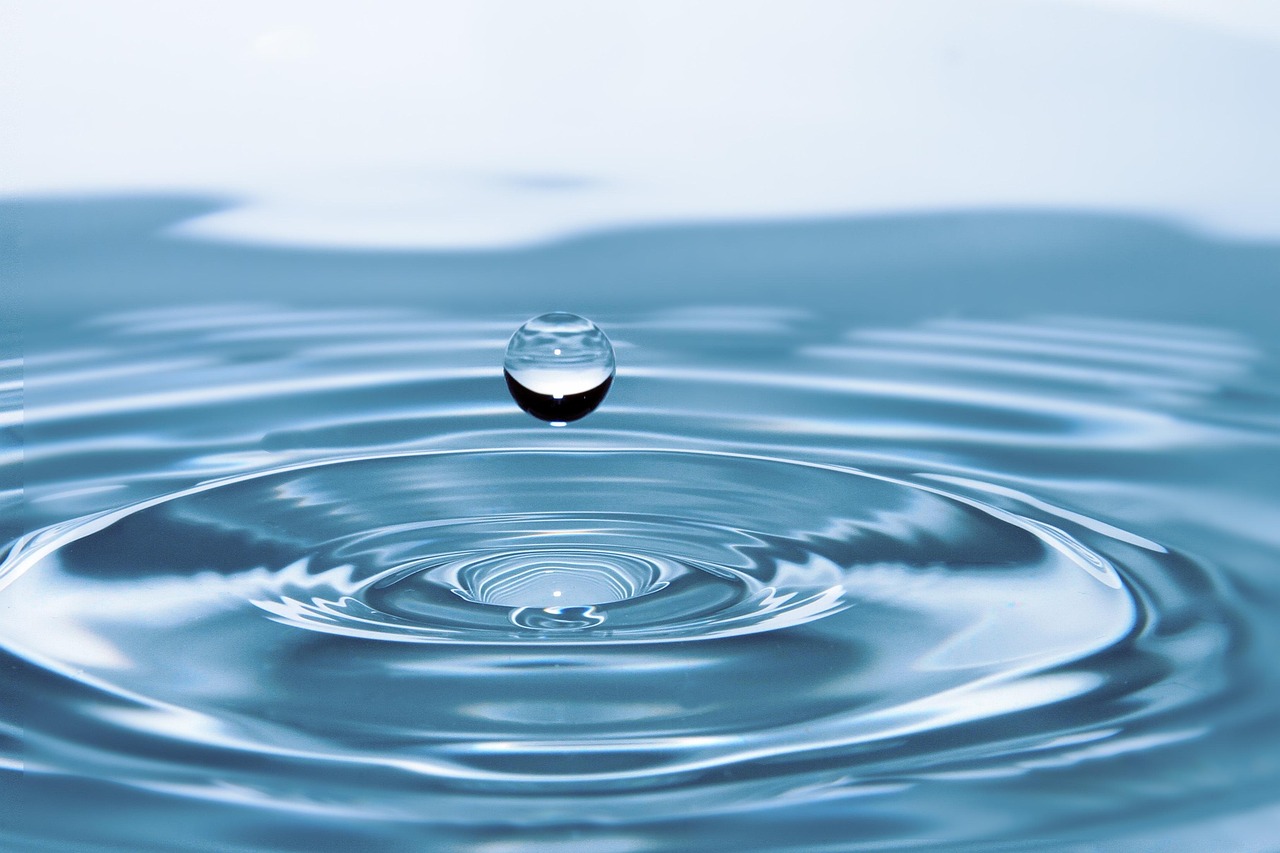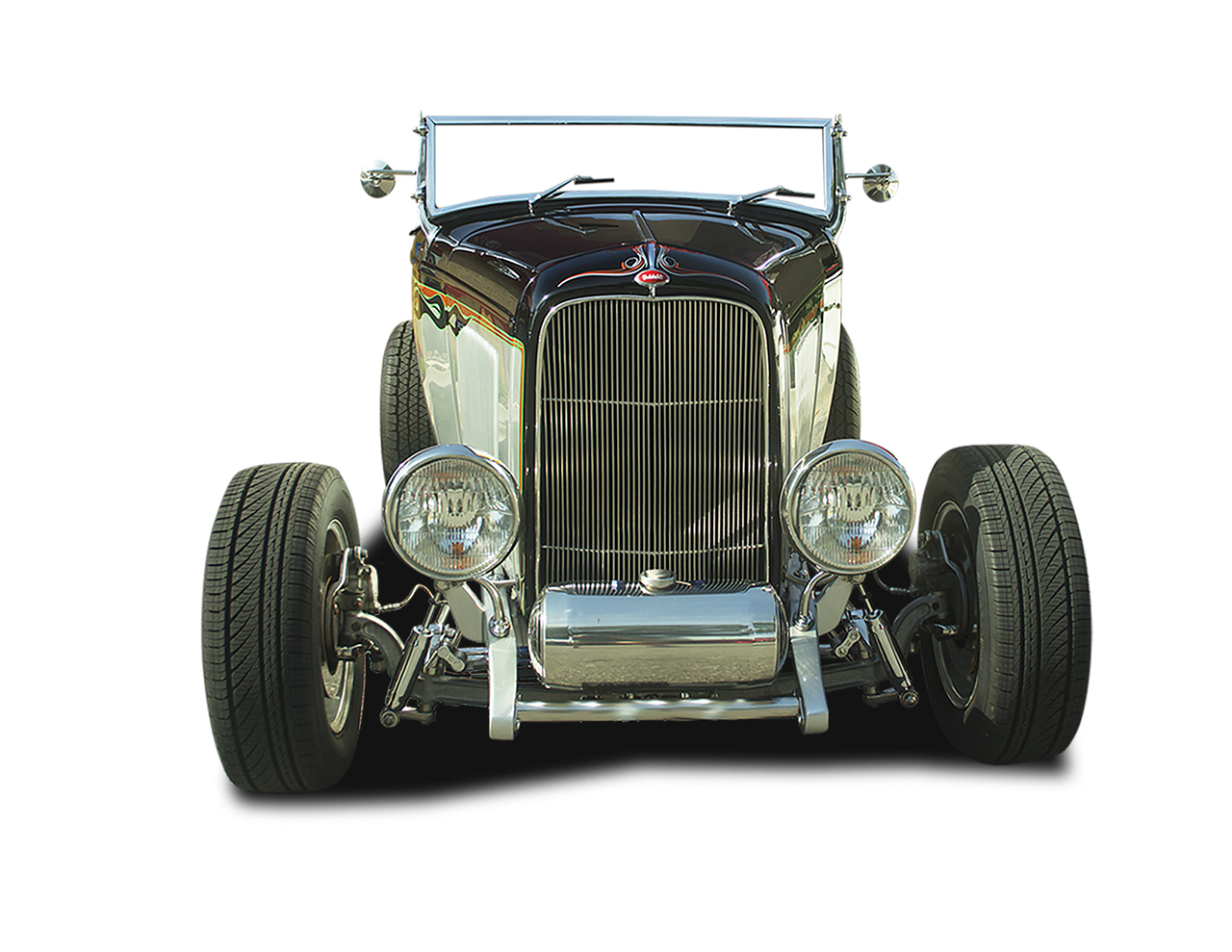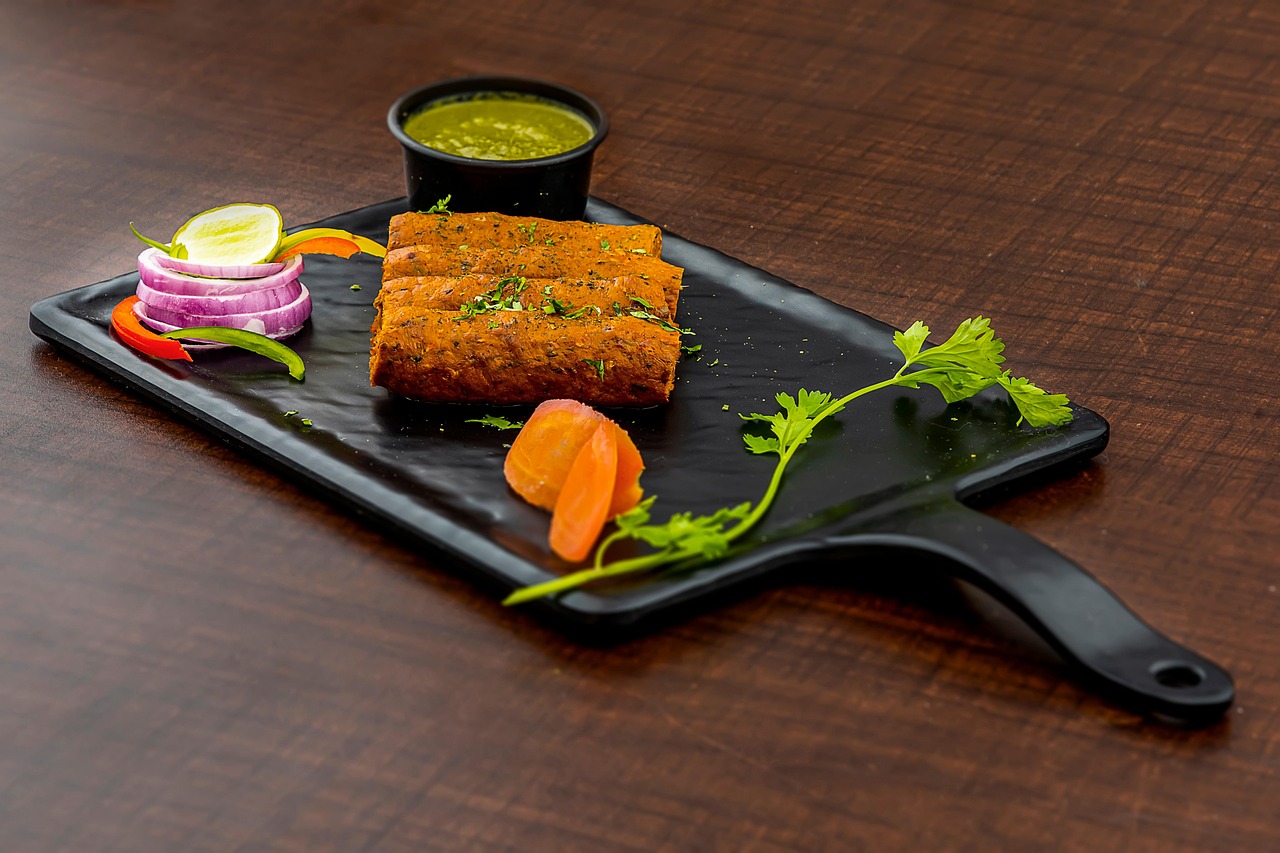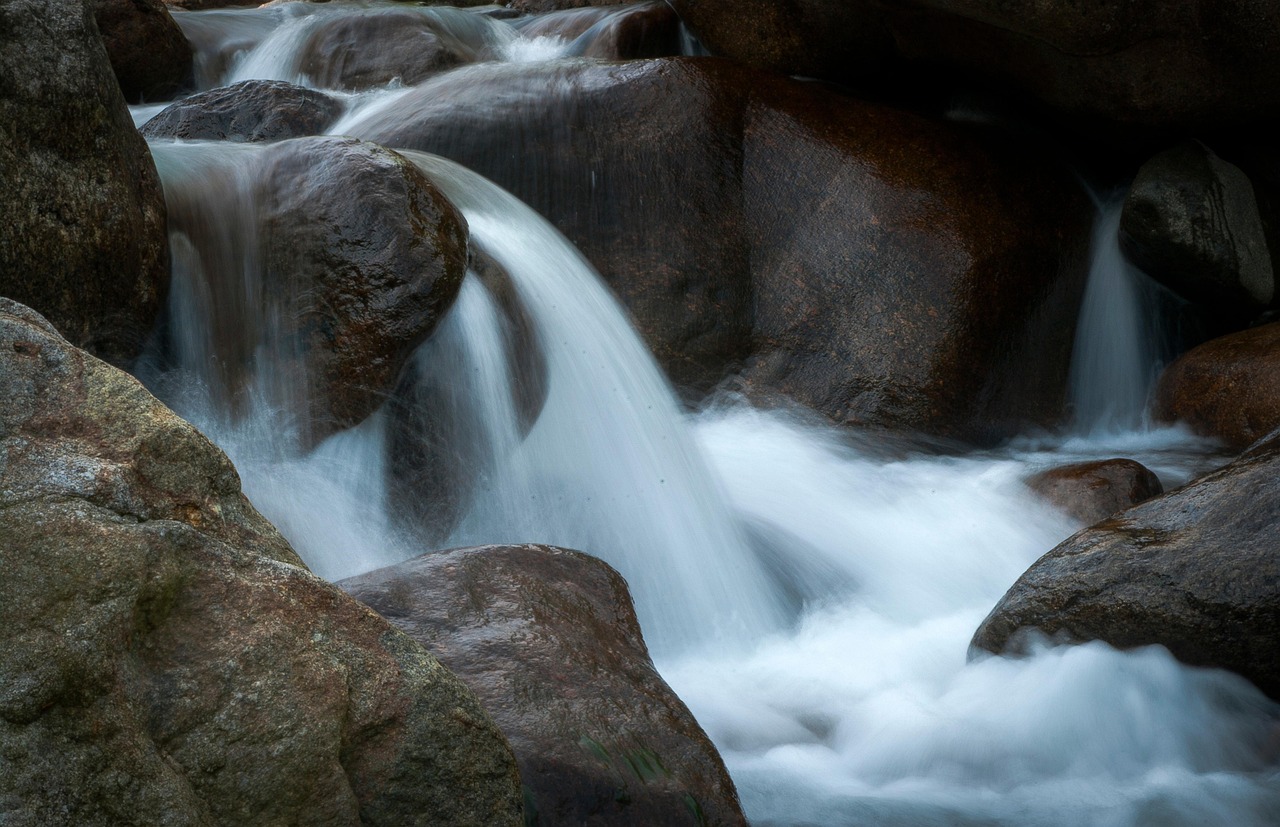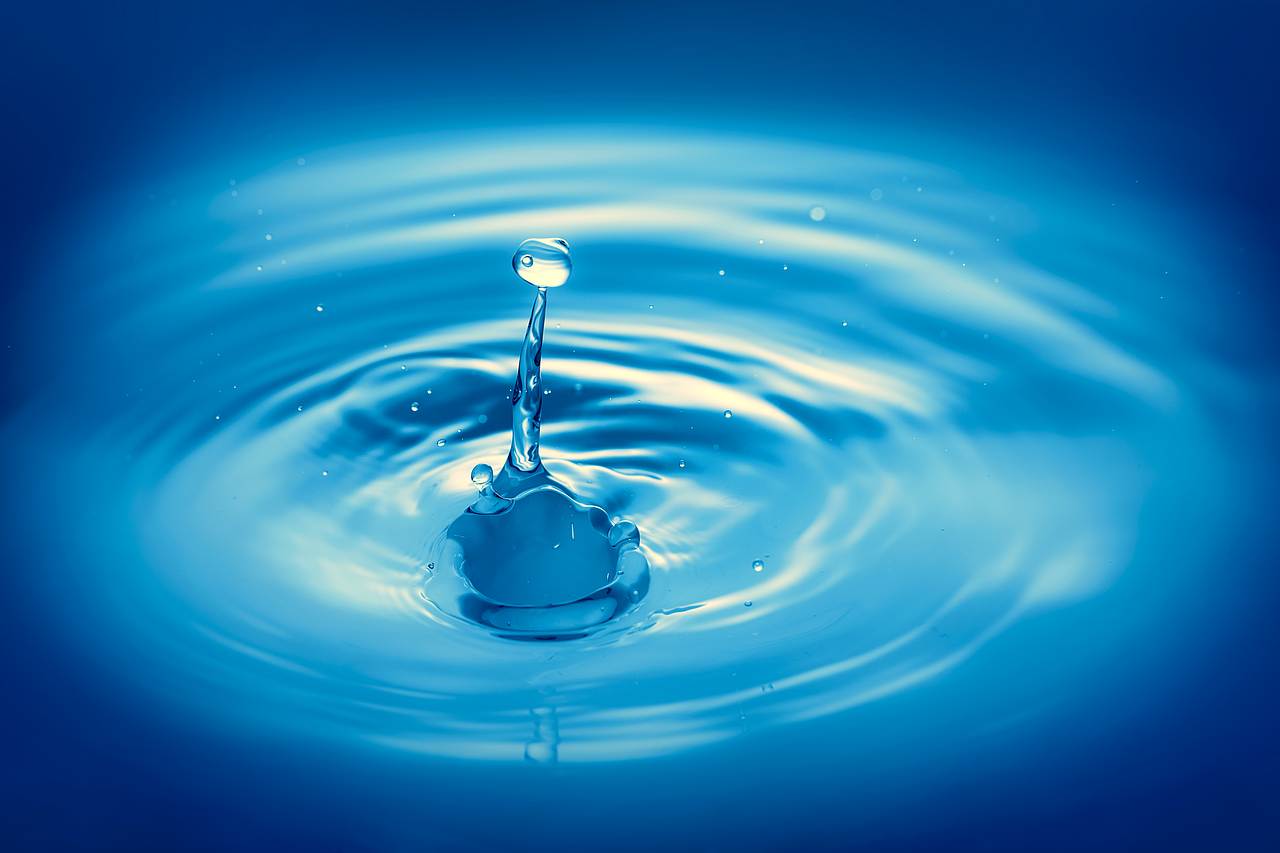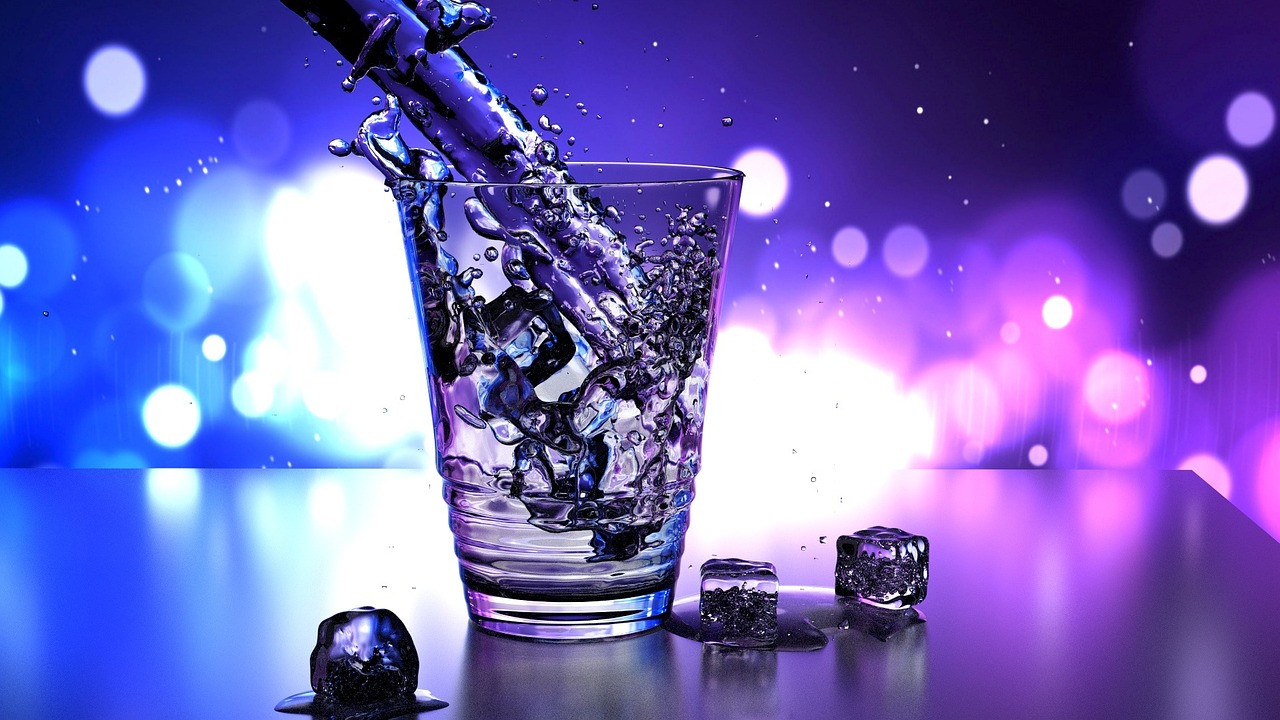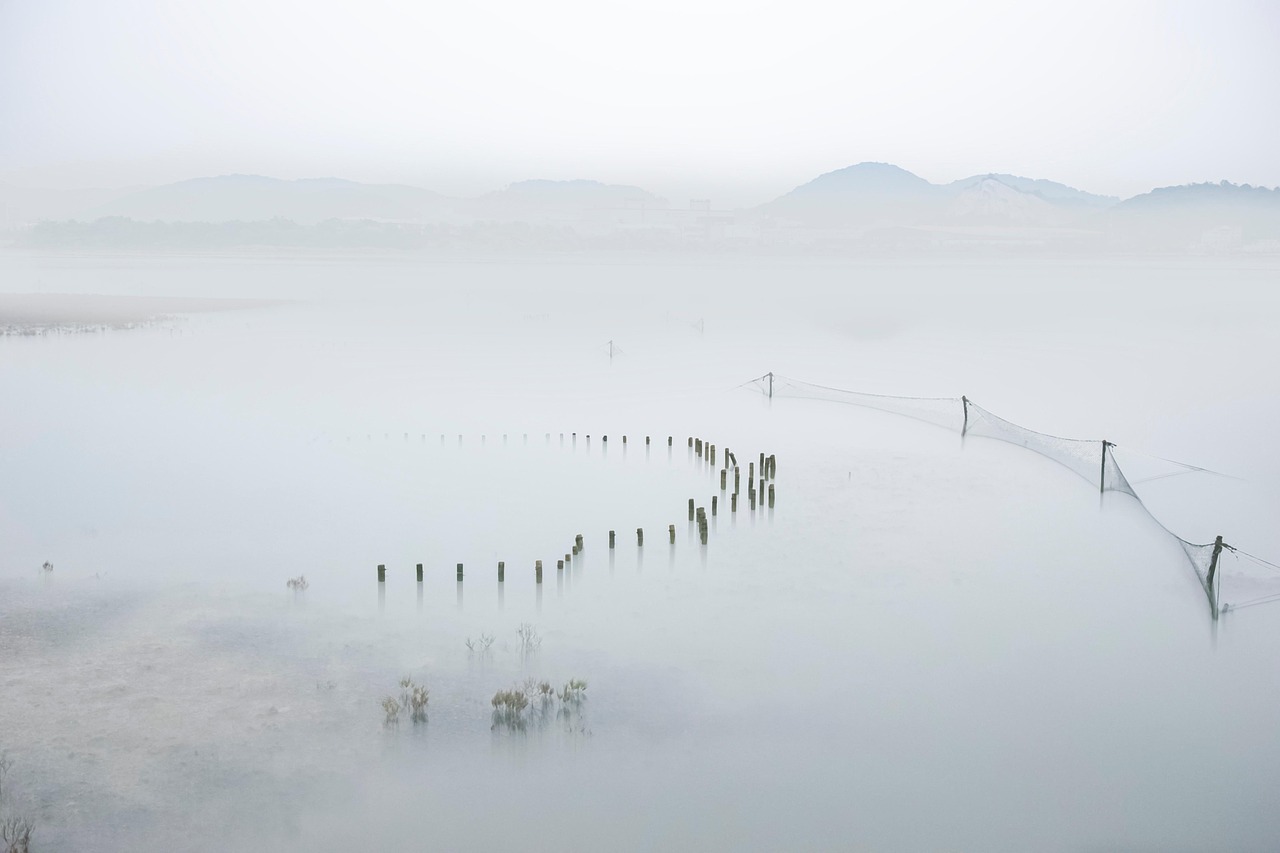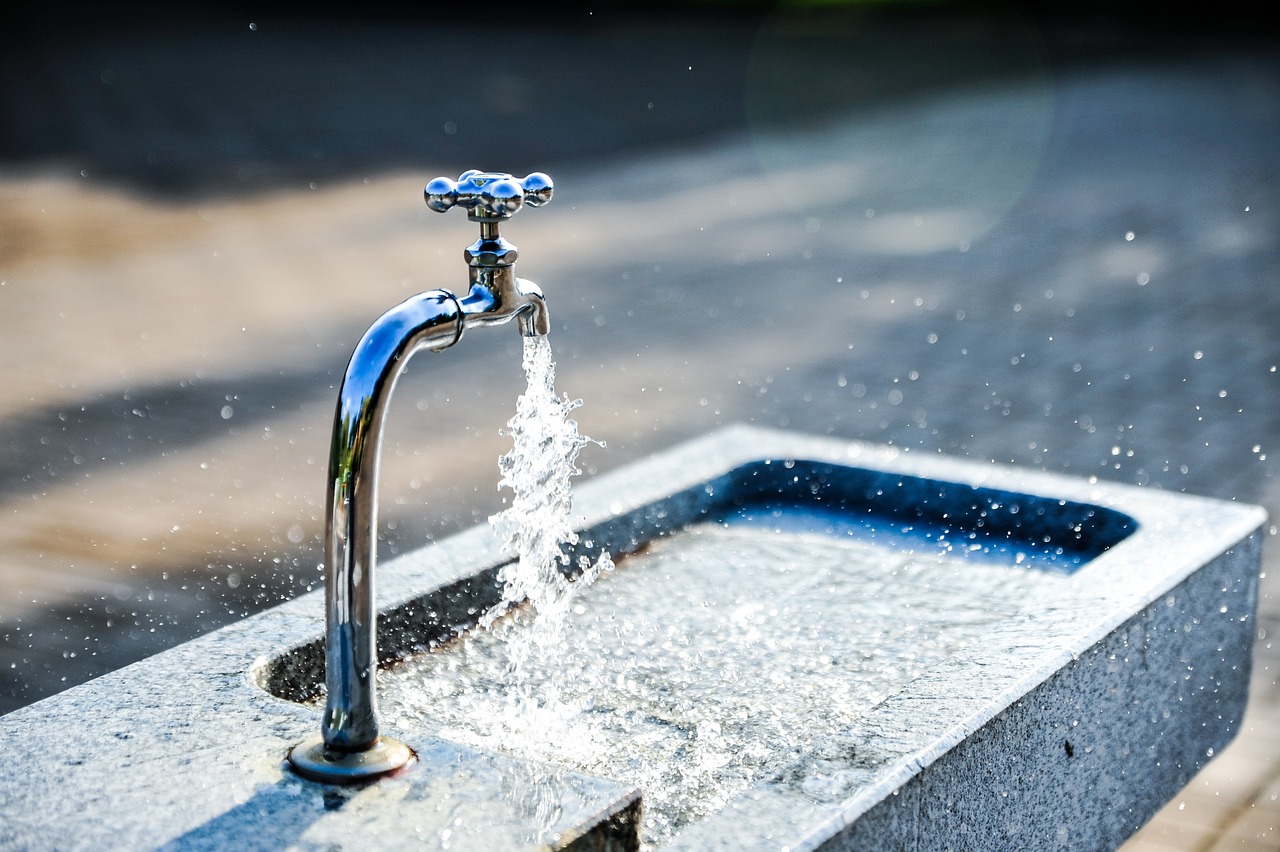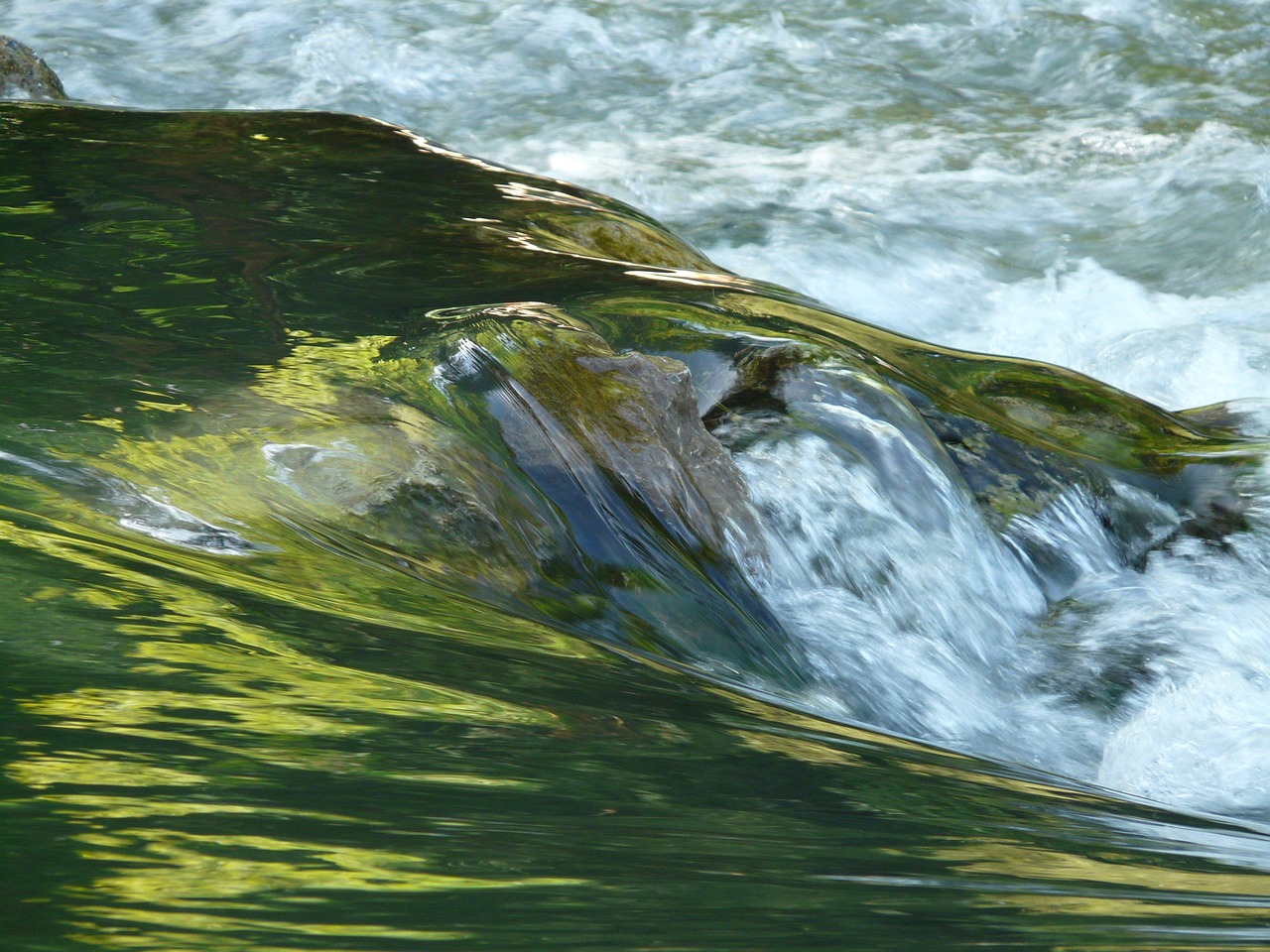This article investigates the fascinating question of whether hot water or cold water boils faster. By examining scientific principles, practical implications, and common misconceptions surrounding this everyday phenomenon, we aim to provide a comprehensive understanding.
The Science of Boiling Water
To determine which temperature of water boils faster, it is essential to understand the boiling process. Boiling occurs when the vapor pressure of the liquid equals the atmospheric pressure. At this point, bubbles form within the liquid, leading to a rapid transition from liquid to gas.
Heat Transfer Mechanisms
Heat transfer is a critical factor in the boiling process. There are three main mechanisms of heat transfer: conduction, convection, and radiation. Each mechanism plays a role in how water is heated and ultimately reaches its boiling point.
- Conduction: This is the transfer of heat through direct contact. When a pot is placed on a stove, heat from the burner is conducted through the pot and into the water.
- Convection: This involves the movement of water due to temperature differences. As water heats up, it becomes less dense and rises, while cooler water descends, creating convection currents.
- Radiation: Although less significant in boiling water, radiation can contribute to heat transfer, especially when using certain cooking methods.
Factors Affecting Boiling Time
Several factors influence how quickly water reaches its boiling point. The material of the pot, the initial temperature of the water, and the heat source’s intensity all play vital roles. For instance, a pot made of a highly conductive material like copper will heat water faster than one made of stainless steel.
The Role of Water Temperature
The initial temperature of the water significantly impacts the time it takes to boil. While it may seem intuitive that hot water would boil faster, the reality is more complex due to the specific heat capacity of water. This property represents the amount of energy required to raise the temperature of water.
Practical Implications in Cooking
Understanding the boiling dynamics of hot versus cold water can have practical applications in cooking. For example, when preparing pasta, starting with hot water may seem advantageous. However, the time saved may be negligible compared to the energy used to heat the water initially. Knowing these details can enhance efficiency in the kitchen.
Common Misconceptions
Many myths surround the boiling of water, including the widely discussed Mpemba effect, which suggests that hot water can freeze faster than cold water under certain conditions. While intriguing, this phenomenon does not directly relate to boiling times but highlights the complexities of thermal dynamics.
Experimental Evidence
Scientific experiments have been conducted to address the question of whether hot or cold water boils faster. Controlled experiments isolate variables affecting boiling times, providing insights into the relationship between water temperature and boiling speed. For instance, studies have shown that under typical conditions, cold water may take slightly longer to reach boiling compared to hot water, primarily due to the energy needed to overcome the initial temperature difference.
Real-world observations in cooking also support these findings. Many cooks have noted that starting with hot water can save time, but the difference may not be as significant as often perceived. Understanding these nuances can help individuals make informed decisions in their culinary practices.
In summary, while the scientific principles are clear, the practical implications of this knowledge can enhance everyday cooking decisions. By understanding the dynamics of boiling water, individuals can optimize their cooking techniques and improve efficiency in the kitchen.
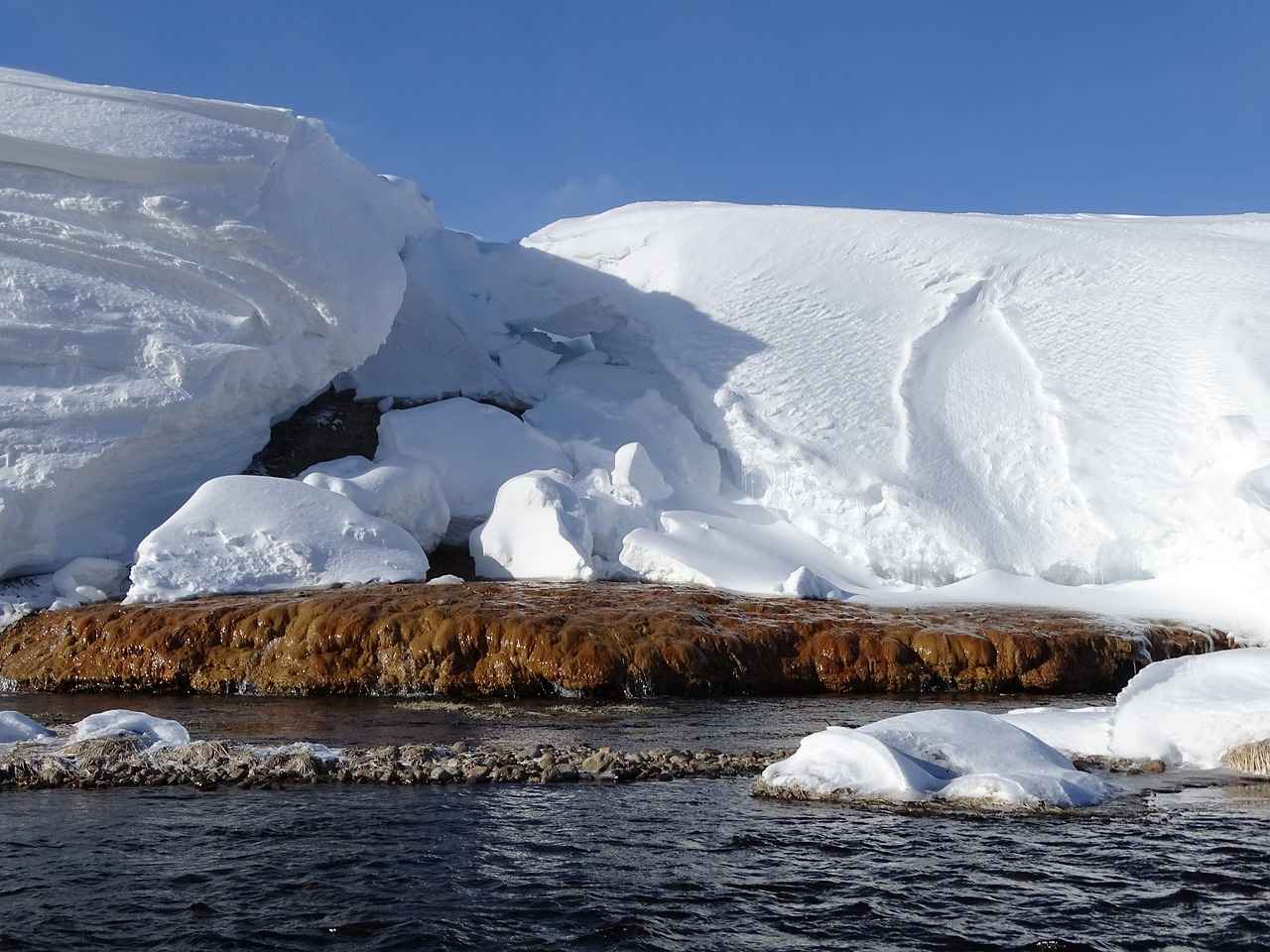
The Science of Boiling Water
The process of boiling water is not just a simple task; it involves intricate scientific principles that govern how heat is transferred and how water reaches its boiling point. Understanding these principles is crucial for answering the age-old question: Does hot water boil faster than cold water? This section will explore the fundamental aspects of boiling, including the science behind heat transfer and the factors affecting boiling points.
Boiling occurs when the vapor pressure of the liquid equals the atmospheric pressure surrounding it. For water, this typically happens at 100 degrees Celsius (212 degrees Fahrenheit) at sea level. However, the temperature of the water before heating plays a significant role in how quickly it reaches this boiling point. The initial temperature affects the amount of energy required to raise the water to its boiling point, which is directly linked to the concept of specific heat capacity.
Specific heat capacity is defined as the amount of heat required to raise the temperature of a unit mass of a substance by one degree Celsius. For water, this value is relatively high, meaning it requires a considerable amount of energy to increase its temperature. Therefore, if you start with cold water, it must absorb more heat energy than hot water to reach the same boiling point. This leads to the common belief that hot water boils faster.
However, the boiling process is also influenced by heat transfer mechanisms, which include conduction, convection, and radiation. Each of these mechanisms plays a role in how heat is distributed throughout the water:
- Conduction: This is the transfer of heat through direct contact. When a pot is placed on a heat source, the heat from the burner is conducted through the pot and into the water.
- Convection: As water heats up, it becomes less dense and rises, while cooler, denser water sinks. This movement creates convection currents that help distribute heat more evenly throughout the water.
- Radiation: Although less significant in boiling, some heat can be lost or gained through radiation, depending on the environment.
When discussing the efficiency of these heat transfer methods, it becomes clear that the material of the pot and the initial temperature of the water can significantly impact boiling times. For example, a pot made of a highly conductive material, like copper, can transfer heat more efficiently than one made of a less conductive material, such as stainless steel. Additionally, starting with hot water may allow for quicker heat distribution, as the existing thermal energy can facilitate the transition to boiling.
Furthermore, it is essential to consider the environmental conditions under which boiling occurs. Factors such as altitude can affect boiling points due to changes in atmospheric pressure. At higher altitudes, water boils at lower temperatures, which can complicate the question of whether hot or cold water boils faster.
In conclusion, while the idea that hot water boils faster than cold water is rooted in scientific principles, the reality is more nuanced. Various factors, including heat transfer mechanisms and environmental conditions, play critical roles in determining boiling times. By understanding these principles, one can make more informed decisions in cooking and boiling practices.
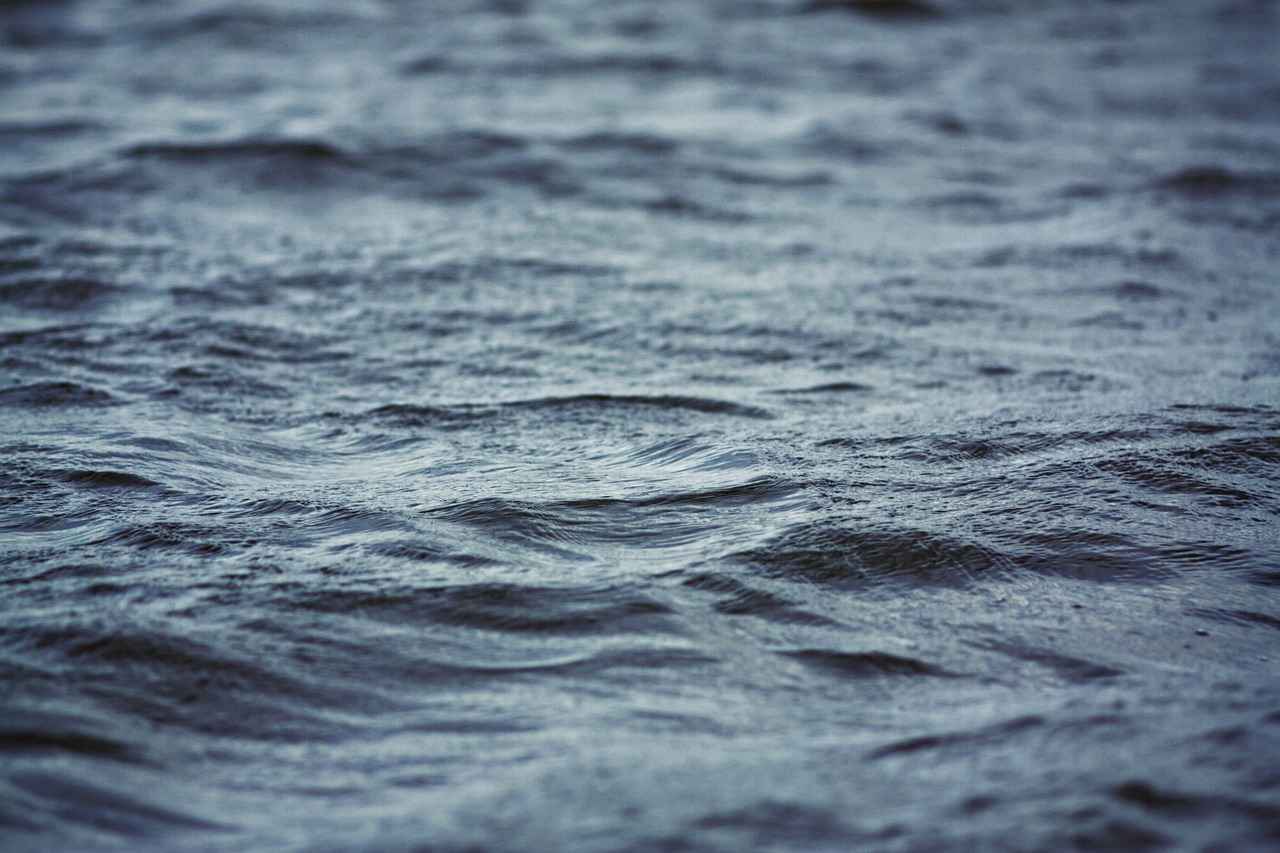
Heat Transfer Mechanisms
Heat transfer is a fundamental concept that significantly influences the boiling process of water. It involves the movement of thermal energy from one substance to another and is essential to understand how water reaches its boiling point. In this section, we will explore the three primary mechanisms of heat transfer: conduction, convection, and radiation, and how each plays a vital role in the heating of water.
Conduction is the process by which heat is transferred through direct contact between materials. In the context of boiling water, conduction occurs when the heat from the stove is transferred to the pot and then to the water. The efficiency of conduction depends on several factors, including:
- Material of the Pot: Different materials have varying thermal conductivities. For instance, metals like copper and aluminum conduct heat more effectively than ceramic or glass.
- Surface Area: A larger surface area in contact with the water allows for more efficient heat transfer.
- Temperature Gradient: The greater the difference in temperature between the stove and the water, the faster the heat transfer will occur.
Convection plays a crucial role in the boiling process as it involves the movement of water due to temperature differences. When water is heated, it becomes less dense and rises to the surface, while cooler water descends to the bottom. This creates convection currents that facilitate even heating throughout the pot. The formation of these currents accelerates the boiling process, ensuring that all water reaches the boiling point more uniformly.
While conduction and convection are the primary methods of heat transfer in boiling water, radiation also plays a minor role. Radiation involves the transfer of heat through electromagnetic waves, such as infrared radiation. Although this method is less significant in boiling water compared to conduction and convection, it can still contribute to the overall heating process, especially when heat is emitted from the stove or surrounding surfaces.
To fully appreciate the boiling process, it is essential to compare these three mechanisms:
| Heat Transfer Method | Mechanism | Impact on Boiling |
|---|---|---|
| Conduction | Direct contact heat transfer | Initial heating of water |
| Convection | Movement of water due to temperature differences | Even heating and faster boiling |
| Radiation | Heat transfer through electromagnetic waves | Minor contribution to overall heating |
Understanding how these mechanisms work together helps clarify the dynamics of boiling water. For instance, while conduction initiates the heating process, convection ensures that the heat is distributed evenly, leading to a more efficient boiling process. Therefore, when considering methods to boil water, it’s crucial to recognize the interplay between these heat transfer mechanisms.
In conclusion, the effectiveness of boiling water hinges on the combined effects of conduction, convection, and radiation. By grasping these concepts, we can better understand the science behind boiling and apply this knowledge to everyday cooking practices.
Conduction in Water Heating
is a fundamental process that plays a significant role in how we heat water. Understanding conduction is essential for grasping the intricacies of boiling and its implications in various applications, from cooking to industrial processes.
At its core, conduction is the transfer of heat through direct contact between materials. When heating water, the heat source—often a stove or an electric kettle—transfers energy directly to the water molecules in contact with the pot or container. This energy transfer raises the temperature of the water, eventually leading to boiling.
To understand how conduction works in heating water, it’s crucial to recognize the structure of water molecules. Water is composed of two hydrogen atoms and one oxygen atom, forming a polar molecule. This polarity allows water to absorb and transfer heat efficiently. As the heat is conducted from the pot to the water, the kinetic energy of the water molecules increases, causing them to move faster and collide more frequently. This process continues until the water reaches its boiling point, which is typically 100 degrees Celsius (212 degrees Fahrenheit) at sea level.
Several factors influence the efficiency of conduction in water heating:
- Material of the Pot: Different materials conduct heat at varying rates. For instance, metals like copper and aluminum are excellent conductors, while materials like glass or ceramic are less effective.
- Surface Area: The greater the surface area of contact between the pot and the water, the more efficient the heat transfer will be. Wider pots can heat water more quickly than narrow ones.
- Initial Temperature: The starting temperature of the water also plays a crucial role. Water that begins at a higher temperature requires less energy to reach boiling point compared to cold water.
When we compare conduction with other heat transfer methods, such as convection and radiation, we see distinct differences. Conduction is primarily about direct contact, while convection involves the movement of fluid (in this case, water) due to temperature differences. In boiling water, once the water at the bottom of the pot heats up, it becomes less dense and rises, allowing cooler water to take its place. This creates a circulation pattern that enhances the heating process.
In contrast, radiation involves the transfer of heat through electromagnetic waves and does not require a medium, such as air or water. While radiation does play a role in heating, it is not the primary mechanism in boiling water.
In summary, conduction is a vital mechanism in the heating of water that relies on direct contact between the heat source and the water itself. Understanding the factors that influence conduction can help us optimize our cooking methods and achieve quicker boiling times. By considering the material of the pot, the surface area, and the initial temperature of the water, we can enhance our efficiency in the kitchen and gain a deeper appreciation for the science behind boiling water.
Factors Affecting Conduction
When it comes to the efficiency of heat conduction, several critical factors come into play. Understanding these factors is essential for grasping how they influence boiling times, particularly in the context of cooking. Below, we explore the key elements that affect conduction in the heating of water.
- Material of the Pot: The type of material used for the pot significantly impacts conduction efficiency. Metals such as copper and aluminum are excellent conductors of heat, allowing for faster heating compared to materials like ceramic or glass. This is primarily because metals have free electrons that facilitate quicker heat transfer.
- Surface Area: The surface area of the pot in contact with the heat source also plays a vital role. A pot with a larger surface area can absorb heat more effectively, leading to quicker boiling times. For instance, a wide, shallow pot will heat water faster than a narrow, deep one due to the greater exposure to the heat source.
- Water’s Initial Temperature: The starting temperature of the water is another crucial factor. Water that begins at a higher temperature requires less energy to reach its boiling point. This means that if you start with hot water, it will boil faster than cold water, despite some common misconceptions.
- Heat Source: The intensity of the heat source also influences conduction. A high-heat burner will transfer energy more quickly to the pot, enhancing the conduction process. Conversely, a low-heat setting will slow down the heating, resulting in longer boiling times.
- Thickness of the Pot: The thickness of the pot’s walls can affect heat conduction as well. Thicker pots may take longer to heat up because they require more energy to raise their temperature, which can delay the heating of the water inside.
- Presence of Impurities: Any impurities in the water, such as minerals or other substances, can alter its thermal properties. For example, hard water with high mineral content may have a different boiling point compared to purified water, affecting the overall boiling time.
In conclusion, the efficiency of conduction in heating water is influenced by a multitude of factors. By understanding these elements, cooks can make informed decisions about the materials and methods they use to achieve optimal boiling times. Whether it’s choosing the right pot or starting with water at an appropriate temperature, these insights can enhance both cooking efficiency and outcomes.
Conduction vs. Other Heat Transfer Methods
When it comes to understanding how heat is transferred during the process of boiling water, it’s essential to explore the different mechanisms involved. In this section, we will delve into conduction, convection, and radiation, comparing their roles in heating water and their implications for boiling speed.
Conduction is the process of heat transfer that occurs through direct contact between materials. In the context of boiling water, conduction takes place when the heat from the stove or heating element is transferred to the pot and then to the water inside. The efficiency of conduction depends on several factors:
- Material of the Pot: Different materials conduct heat at varying rates. For instance, metals like copper and aluminum are excellent conductors, allowing for quicker heat transfer compared to materials like glass or ceramic.
- Surface Area: The greater the surface area in contact with the heat source, the more efficient the conduction process. A wider pot can heat water more rapidly than a narrow one.
- Initial Water Temperature: The starting temperature of the water also plays a significant role in how quickly it reaches boiling. Cold water requires more energy to reach its boiling point compared to warm water.
In contrast, convection involves the movement of water due to temperature differences within the liquid. As water heats up, it becomes less dense and rises, while cooler, denser water sinks. This creates a convection current that helps distribute heat evenly throughout the pot. The efficiency of convection can significantly affect boiling times, as it ensures that all parts of the water are heated uniformly.
Lastly, radiation is the transfer of heat through electromagnetic waves. While radiation is less significant in boiling water compared to conduction and convection, it can still play a minor role, especially when using certain cooking methods like microwaving. However, its impact on boiling speed is minimal compared to the other two methods.
When comparing these heat transfer methods, it becomes clear that conduction is crucial for initiating the heating process, while convection is vital for maintaining and distributing that heat throughout the water. Understanding these differences can help in selecting the right cookware and techniques for efficient boiling.
In summary, while conduction is the primary method through which heat is initially transferred to water, convection ensures that the heat is evenly distributed, facilitating a quicker boiling process. By considering the properties of the pot, the initial temperature of the water, and the role of convection, one can optimize boiling times effectively.
Convection in Boiling Water
When it comes to understanding the dynamics of boiling water, convection plays a pivotal role. This process involves the movement of water caused by temperature differences, which significantly influences the overall boiling time. As water is heated, it undergoes changes that create convection currents, leading to a more efficient boiling process.
At the heart of convection is the principle that hot water rises while cold water sinks. When heat is applied to the bottom of a pot, the water in direct contact with the heat source warms up first. This hot water becomes less dense and begins to rise to the surface, creating a cycle of movement. As the hot water rises, it displaces the cooler water at the top, which then descends to the bottom to be heated. This cycle continues, forming what we call convection currents.
The efficiency of convection currents can dramatically impact the time it takes for water to reach its boiling point. In a well-designed pot, these currents facilitate an even distribution of heat throughout the water, ensuring that all parts of the liquid reach the boiling temperature more uniformly. This is particularly important in cooking, where even heating can lead to better results.
Several factors can influence the strength and effectiveness of convection currents:
- Pot Shape and Material: The shape and material of the pot can affect how heat is distributed. For instance, a pot with a wider base may allow for more effective convection currents compared to a narrow one.
- Initial Water Temperature: Starting with cold water means that the temperature gradient is greater, potentially leading to stronger convection currents as the water heats up.
- Heat Source: The intensity of the heat source also plays a crucial role. A higher heat input can enhance the speed of convection currents, leading to quicker boiling.
It’s essential to note that while convection is a significant factor in boiling, it does not operate in isolation. Conduction and radiation also contribute to the heating process. Conduction occurs at the molecular level, where heat is transferred through direct contact, while radiation involves the transfer of energy through electromagnetic waves. However, convection is unique in that it actively moves the heated water around, creating a dynamic environment that facilitates faster boiling.
In practical cooking scenarios, understanding convection can lead to more efficient practices. For example, using a pot that promotes good convection can save time and energy, allowing for quicker meal preparation. Additionally, stirring the water can enhance convection, ensuring that all parts of the liquid heat evenly.
In conclusion, the role of convection in boiling water is crucial for achieving efficient and uniform heating. By recognizing how convection currents form and operate, cooks can make informed decisions that enhance their culinary techniques and improve overall cooking efficiency.
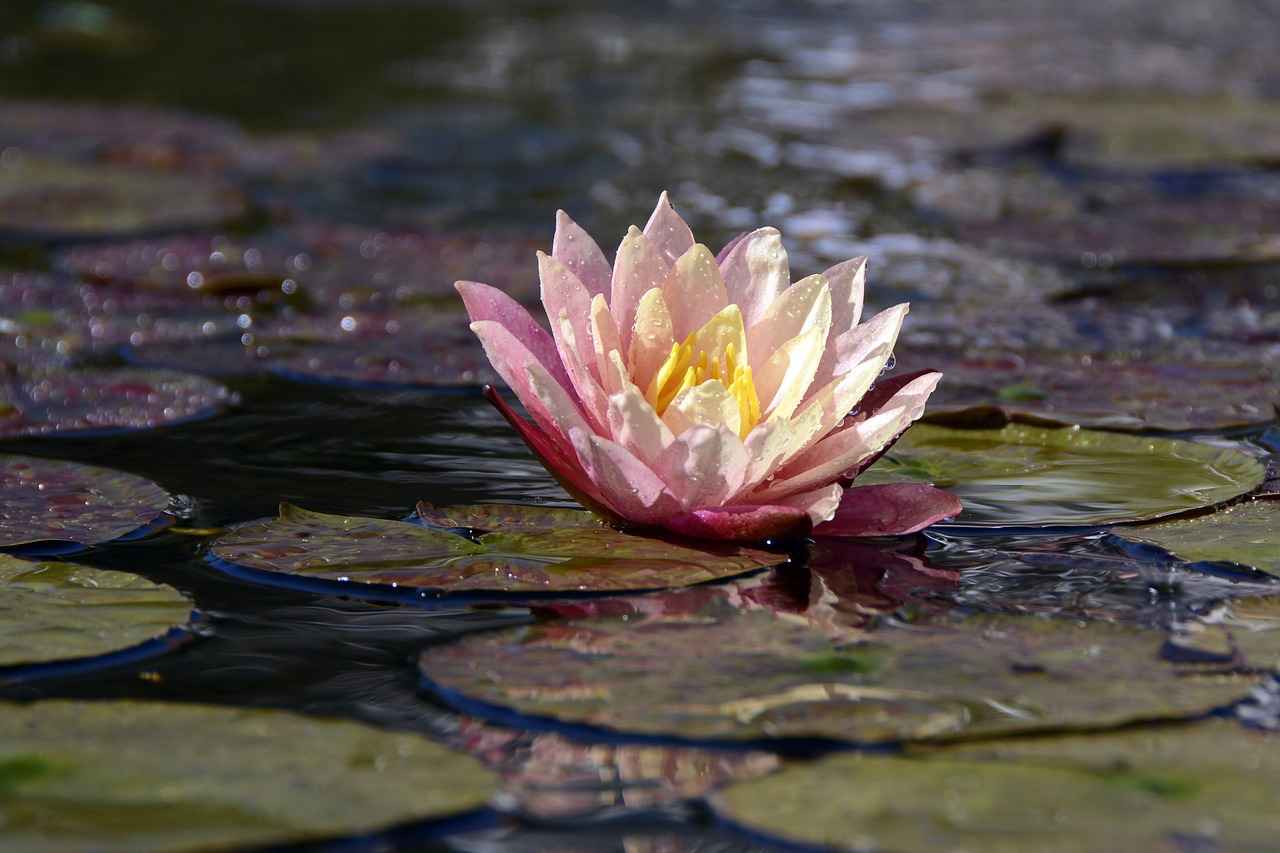
The Role of Water Temperature
The temperature of water at the outset of the heating process plays a critical role in determining how quickly it reaches its boiling point. Understanding this concept not only satisfies scientific curiosity but also has practical implications in everyday cooking. In this section, we will delve into the mechanics of how the initial temperature of water influences boiling time, supported by scientific principles and empirical evidence.
One of the fundamental concepts that governs the boiling process is specific heat capacity, which is defined as the amount of heat energy required to raise the temperature of a substance by one degree Celsius. For water, this value is relatively high, meaning it requires a significant amount of energy to increase its temperature. When starting with hot water, the energy needed to reach boiling is less than that required for cold water. This difference can lead to a noticeable reduction in boiling time when using hot water.
The dynamics of heat transfer also play a vital role in the boiling process. As water heats up, it undergoes convection currents that facilitate the transfer of heat throughout the liquid. When you start with hot water, these currents are established more quickly, allowing for a more efficient heating process. Conversely, cold water takes longer to form these currents, which can extend the time it takes to reach boiling.
In practical cooking scenarios, the choice between hot and cold water can significantly affect meal preparation. For instance, when cooking pasta or boiling vegetables, starting with hot water can save valuable time. This is particularly important in a busy kitchen environment where efficiency is paramount. Moreover, understanding the role of water temperature can enhance cooking techniques, ensuring that meals are prepared more effectively and with better results.
Despite the scientific understanding of boiling dynamics, there are several misconceptions surrounding the topic. One prevalent myth is the belief that cold water boils faster than hot water. This notion is not supported by scientific evidence and often leads to confusion in cooking practices. By debunking these myths, we can foster a clearer understanding of how water temperature impacts boiling times.
Numerous experiments have been conducted to explore the relationship between water temperature and boiling time. These studies consistently demonstrate that starting with hot water results in a shorter boiling duration. For example, controlled experiments have shown that water heated from an initial temperature of 70°C reaches boiling faster than water starting at 20°C, even when subjected to the same heating conditions.
In addition to controlled experiments, anecdotal evidence from chefs and home cooks reinforces the idea that starting with hot water can lead to quicker boiling times. Many culinary professionals advocate for using pre-heated water to expedite cooking processes, particularly in high-volume settings where time is of the essence.
In summary, the initial temperature of water is a crucial factor in its boiling time. By understanding the principles of specific heat capacity, heat transfer, and practical cooking implications, we can make informed decisions that enhance our cooking efficiency. Whether for boiling pasta or preparing soups, recognizing the impact of water temperature can lead to better culinary outcomes.
Specific Heat Capacity
is a fundamental concept in thermodynamics, referring to the amount of energy required to raise the temperature of a substance by one degree Celsius. In the context of water, this property plays a critical role in determining how quickly water can reach its boiling point. Understanding this concept is essential for anyone interested in cooking, scientific experiments, or simply curious about the boiling process.
When we consider the heating of water, it is important to note that water has a relatively high specific heat capacity of 4.18 joules per gram per degree Celsius. This means that it takes a significant amount of energy to increase the temperature of water compared to other liquids. Consequently, when we start with cold water, it requires more energy to reach the boiling point than if we start with hot water.
To illustrate this concept further, let’s examine the implications of starting with different temperatures of water:
- Cold Water: When cold water is heated, the energy input must first overcome the water’s initial low temperature before it can begin to boil. This can lead to longer boiling times, particularly if the water starts at a significantly lower temperature.
- Hot Water: Conversely, hot water, which is already closer to its boiling point, requires less energy to reach the boiling threshold. This results in a quicker transition to boiling, demonstrating the practical advantages of starting with hot water in cooking and other applications.
Moreover, the concept of specific heat capacity also ties into the broader discussion of heat transfer mechanisms. The efficiency of heat transfer through conduction, convection, and radiation can significantly influence boiling times. For instance, when water is heated in a pot on a stove, the material of the pot and the method of heat application can impact how quickly the water reaches its boiling point.
Another interesting aspect to consider is the Mpemba effect, a phenomenon where hot water can freeze faster than cold water under certain conditions. While this effect primarily pertains to freezing rather than boiling, it highlights the complex interactions between temperature, energy, and phase changes in water.
In practical cooking scenarios, understanding specific heat capacity can lead to more efficient methods. For example, chefs often recommend starting with hot water when boiling pasta or vegetables to reduce cooking times. This not only saves energy but also enhances the overall cooking experience.
In conclusion, the specific heat capacity of water is a vital property that significantly affects boiling times. By recognizing how starting temperatures influence the energy required to reach boiling, individuals can make informed decisions in cooking and other practical applications. Understanding these principles not only demystifies the boiling process but also empowers individuals to optimize their cooking techniques for better results.
Practical Implications in Cooking
When it comes to cooking, understanding the nuances of boiling water can significantly enhance both efficiency and technique in the kitchen. The question of whether hot water or cold water boils faster is not merely a matter of curiosity; it has practical implications that can influence the way we prepare meals.
Efficiency in Boiling: Utilizing hot water to start the boiling process can save valuable time. When you begin with water that is already warm, it requires less energy to reach the boiling point. This is particularly beneficial in scenarios where time is of the essence, such as when preparing pasta or blanching vegetables. By understanding this principle, cooks can streamline their processes, allowing for a more efficient cooking experience.
Cooking Techniques: The temperature of the water can also affect the cooking techniques employed. For instance, when making stocks or broths, starting with cold water can help extract flavors more effectively from the ingredients. Conversely, when boiling water for cooking grains, starting with hot water may lead to a quicker cooking time, ensuring that the grains achieve the desired texture without becoming mushy.
Temperature Control: Mastering the art of boiling water also involves understanding how to control temperature effectively. Using a lid on your pot can trap heat and steam, accelerating the boiling process regardless of the water’s initial temperature. This technique can be particularly useful when trying to boil a larger volume of water, as it minimizes heat loss and speeds up the time it takes to reach a rolling boil.
Energy Consumption: Another practical implication of understanding boiling water is energy efficiency. Starting with hot water not only reduces cooking time but can also decrease energy consumption. This is an important consideration for both environmental impact and household utility bills. By optimizing the boiling process, cooks can make more sustainable choices in their kitchen practices.
Common Mistakes: It’s crucial to be aware of common misconceptions surrounding water boiling. Many people believe that using hot water from the tap is always the best option. However, it’s important to note that hot tap water may contain impurities from the plumbing system, which could affect the taste and quality of the food being prepared. Therefore, using filtered or freshly heated water is often a better choice.
Practical Tips: To maximize the benefits of boiling water in cooking, consider the following tips:
- Always use a pot with a tight-fitting lid to retain heat.
- Start with the appropriate amount of water to avoid wasting energy.
- Monitor the heat level carefully to prevent boiling over.
- Experiment with different starting temperatures to find what works best for your recipes.
In summary, the understanding of which water boils faster not only has scientific merit but also practical applications that can enhance cooking efficiency and technique. By applying this knowledge, cooks can make informed decisions that improve their culinary outcomes and overall kitchen experience.
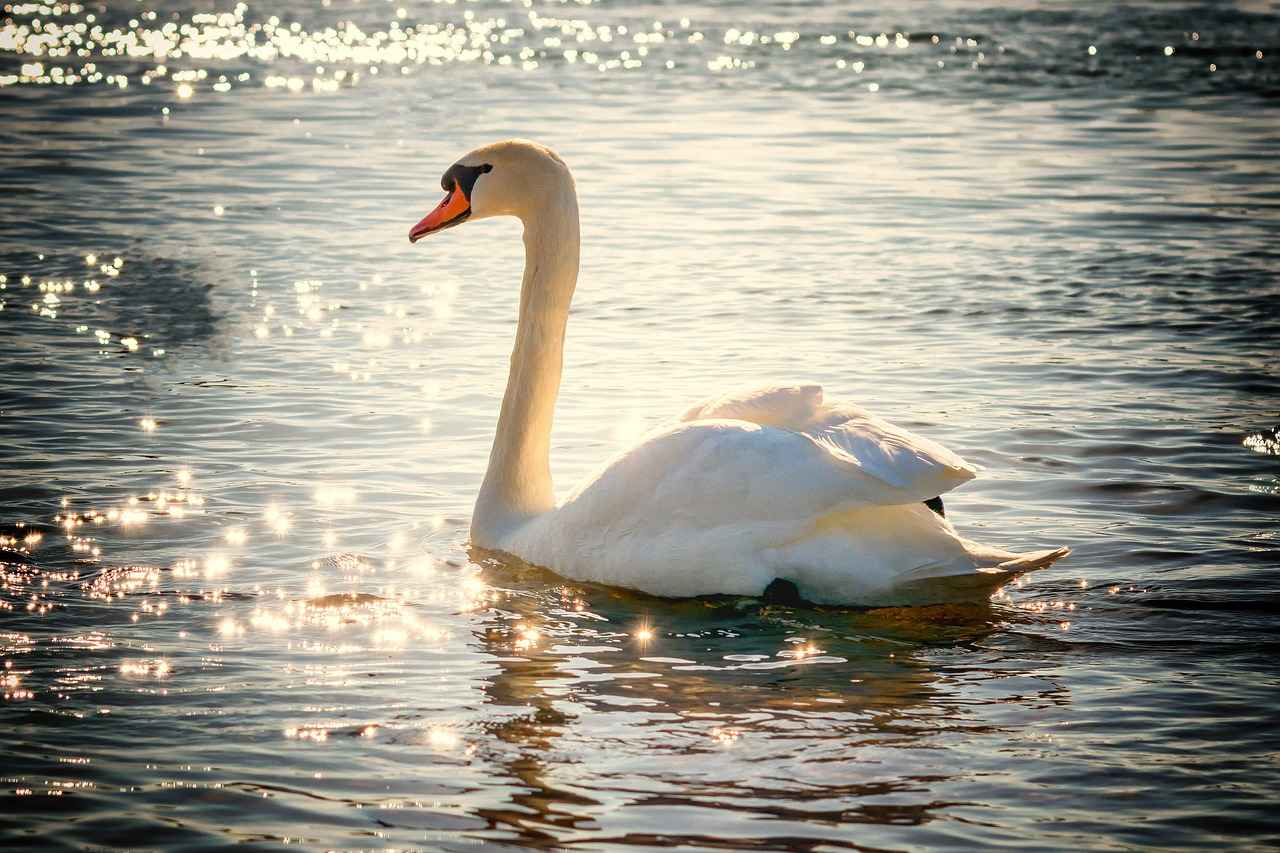
Common Misconceptions
Many myths surround the boiling of water, leading to confusion and misinformation. This section addresses some of the most prevalent misconceptions regarding the boiling process, helping to clarify the science behind it.
- The Mpemba Effect: One of the most famous myths is the Mpemba effect, which suggests that hot water can freeze faster than cold water. While this phenomenon has been observed under specific conditions, it is not a universal truth and is influenced by various factors such as evaporation and convection currents.
- Hot Water Boils Faster: A common belief is that starting with hot water will always lead to faster boiling times. However, this is not necessarily true. The initial temperature of the water does play a role, but the efficiency of heat transfer and the type of heating method used can significantly affect boiling times.
- Size of the Pot Matters: Another misconception is that the size of the pot does not matter when boiling water. In reality, a larger surface area allows for more heat transfer, which can lead to faster boiling times. Using a wide pot can enhance the boiling process compared to a narrow one.
- Covering the Pot: Many people believe that covering the pot will not make a significant difference in boiling time. In fact, covering the pot helps trap heat and steam, which can lead to a quicker boiling process. This simple action can save both time and energy.
- Salt Water Boils Faster: It is often said that adding salt to water will make it boil faster. While salt does raise the boiling point of water, it also requires more heat to reach that temperature. Therefore, while salt can enhance flavor, it does not expedite the boiling process.
Understanding these misconceptions is crucial for anyone looking to optimize their cooking techniques. By debunking these myths, we can make informed decisions that enhance our cooking efficiency and effectiveness.
In summary, the boiling of water is surrounded by numerous misconceptions that can lead to inefficient cooking practices. By addressing these myths, we can better understand the science behind boiling and improve our culinary skills.
Mpemba effect
The is a fascinating phenomenon that describes the observation that, under certain conditions, hot water can freeze faster than cold water. This counterintuitive effect has intrigued scientists and curious minds alike for decades. In this article, we will explore the Mpemba effect, its scientific explanations, practical implications, and address common misconceptions surrounding it.
The Origins of the Mpemba Effect
The term “Mpemba effect” is named after Erasto Mpemba, a Tanzanian student who, in the 1960s, noticed that hot ice cream mix froze faster than cold mix. This sparked a series of inquiries into the underlying principles of this phenomenon. While the Mpemba effect has been documented in various forms, it remains a subject of debate and research.
Scientific Explanations
- Evaporation: One explanation for the Mpemba effect is that hot water tends to evaporate more quickly than cold water. This loss of mass may lead to a reduced volume of water that needs to freeze.
- Convection Currents: Hot water can create stronger convection currents, which may promote faster cooling and enhance heat transfer.
- Supercooling: Cold water can sometimes undergo supercooling, remaining in a liquid state below its freezing point. Hot water, on the other hand, may not supercool as easily, leading to faster freezing.
Practical Implications in Everyday Life
Understanding the Mpemba effect can have practical applications in cooking and food preparation. For example, if you’re making ice cubes or freezing food, starting with hot water might save time. However, it’s essential to note that the effect doesn’t always occur, and results can vary based on environmental conditions.
Common Misconceptions
Many myths surround the Mpemba effect. One prevalent misconception is that it always occurs; however, the effect is highly dependent on specific conditions, such as the type of water, container, and surrounding environment. Additionally, not all scientists agree on the mechanisms behind the Mpemba effect, which adds to the confusion.
Experimental Evidence
Numerous experiments have been conducted to analyze the Mpemba effect. Some studies have confirmed its existence, while others have failed to reproduce the results consistently. Controlled experiments, where variables are isolated, have provided valuable insights into the conditions that favor the Mpemba effect.
Real-World Observations
In everyday cooking situations, anecdotal evidence suggests that the Mpemba effect can occur. For instance, chefs and home cooks may notice that hot water in a shallow tray freezes more quickly than cold water in a deeper tray. These observations highlight the complexity of the freezing process and the factors that influence it.
Conclusion: Understanding the Mpemba Effect
While the Mpemba effect remains a topic of ongoing research, its implications are clear. Recognizing that hot water can sometimes freeze faster than cold water challenges our intuitive understanding of temperature and phase changes. As we continue to explore this phenomenon, we deepen our appreciation for the complexities of science and the natural world.
and its relevance to boiling times.
When it comes to the age-old question of whether hot water or cold water boils faster, many people have their own beliefs and experiences. This article aims to explore the scientific principles behind boiling water, the factors that influence boiling times, and address common misconceptions.
The Science of Boiling Water
Boiling water is a physical process that involves the transformation of liquid water into vapor. The boiling point of water is typically 100°C (212°F) at sea level. However, the time it takes for water to reach this temperature can vary depending on several factors.
Heat Transfer Mechanisms
Understanding how heat is transferred is crucial in determining boiling times. There are three primary mechanisms of heat transfer:
- Conduction: Heat transfer through direct contact.
- Convection: The movement of water due to temperature differences.
- Radiation: Transfer of heat through electromagnetic waves.
Conduction in Water Heating
Conduction occurs when heat is applied to the pot containing water. The efficiency of this method depends on the material of the pot and the initial temperature of the water. For instance, metal pots conduct heat better than ceramic ones, which can affect boiling times.
Factors Affecting Conduction
Several factors influence the efficiency of conduction:
- The material of the pot
- The surface area of the pot
- The initial temperature of the water
Convection in Boiling Water
Convection plays a significant role in the boiling process. As water heats up, it becomes less dense and rises to the top, while cooler water sinks. This movement creates convection currents, which help distribute heat evenly throughout the water.
The Role of Water Temperature
The initial temperature of the water greatly impacts how quickly it reaches boiling point. Starting with hot water may seem advantageous, but the difference in boiling times can be negligible when considering other factors.
Specific Heat Capacity
Specific heat capacity is the amount of energy required to raise the temperature of a substance. Water has a high specific heat capacity, meaning it requires a significant amount of energy to increase its temperature, which affects boiling times.
Practical Implications in Cooking
Understanding how water boils can have practical applications in cooking. For instance, knowing that water with a higher initial temperature may not always lead to faster boiling can influence cooking techniques, such as when preparing pasta or boiling vegetables.
Common Misconceptions
Many myths surround the boiling of water, including the Mpemba effect, which suggests that hot water can freeze faster than cold water under certain conditions. This phenomenon is still debated among scientists and highlights the complexities of heat transfer.
Experimental Evidence
Numerous experiments have been conducted to investigate the boiling process. Controlled experiments help isolate variables affecting boiling times, while real-world observations provide practical insights into everyday cooking.
Controlled Experiments
In controlled experiments, researchers have found that starting with cold water typically results in longer boiling times compared to hot water, but the difference can be minimal depending on the conditions.
Real-World Observations
Everyday cooking experiences often align with scientific findings. Many cooks notice that while hot water may boil faster, the overall time can depend on the cooking method and equipment used.
In conclusion, while the scientific principles are clear, practical takeaways from this discussion can help inform everyday cooking decisions and enhance understanding of water boiling dynamics.
Experimental Evidence
The question of whether hot or cold water boils faster has intrigued both scientists and cooking enthusiasts for years. To address this, numerous scientific experiments have been conducted, providing valuable insights into the boiling process. This section summarizes key studies that have tested the hot vs. cold water boiling question, shedding light on the underlying principles and practical implications.
Controlled experiments are essential in understanding the factors that influence boiling times. One notable study involved heating equal volumes of water at different starting temperatures. Researchers found that when all other conditions were kept constant, the initial temperature of the water did not significantly affect the time it took to reach a boil. This finding suggests that while it may seem intuitive that hot water would boil faster, the reality is more complex.
In addition to controlled experiments, real-world observations provide context to the boiling debate. Many cooks have reported their experiences in the kitchen, often claiming that starting with hot water leads to quicker boiling times. However, these observations can be influenced by numerous factors, including the type of stove used, the material of the pot, and even the surrounding environmental conditions.
- Type of Stove: Gas stoves may heat water differently compared to electric stoves, affecting boiling times.
- Material of the Pot: The conductivity of the pot material can also impact how quickly heat is transferred to the water.
- Environmental Factors: Altitude and ambient temperature can alter boiling points and times, further complicating the analysis.
Several scientific studies have specifically addressed the hot vs. cold water boiling question. For instance, a study published in a reputable physics journal demonstrated that when water is heated, the formation of bubbles and the movement of water particles play a crucial role in the boiling process. The study concluded that while starting temperature is a factor, the dynamics of heat transfer and convection currents significantly influence boiling efficiency.
Another important experiment conducted by researchers at a renowned university examined the Mpemba effect, where hot water can freeze faster than cold water under certain conditions. This phenomenon has sparked further investigation into the complexities of heat transfer and boiling dynamics, leading to a deeper understanding of the factors at play.
Understanding the results of these experiments has practical implications for cooking. For example, knowing that the initial temperature of water may not drastically alter boiling times can help cooks make informed decisions about their cooking methods. Whether one starts with hot or cold water, it is essential to consider other factors such as pot material and heat source to optimize efficiency.
In conclusion, the experimental evidence surrounding the boiling of water reveals a multifaceted relationship between temperature, heat transfer, and boiling dynamics. While hot water may seem like the logical choice for quicker boiling, it is crucial to consider the broader context and specific conditions of each cooking scenario. This knowledge not only enhances cooking efficiency but also deepens our understanding of fundamental scientific principles.
Controlled Experiments
In the quest to understand the dynamics of boiling water, serve as a cornerstone for isolating the variables that influence boiling times. By meticulously designing experiments, scientists can determine how various factors, such as water temperature, pressure, and container material, affect the rate at which water reaches its boiling point. This section delves into notable experiments that have shaped our understanding of boiling speed, particularly focusing on the impact of initial water temperature.
One of the most famous experiments conducted on this topic was led by physicist John Mpemba in the 1960s, which gave rise to the Mpemba effect. This phenomenon suggests that, under certain conditions, hot water can freeze faster than cold water. While the Mpemba effect primarily addresses freezing, it raises intriguing questions about boiling dynamics as well. In controlled settings, Mpemba’s findings prompted further investigations into whether hot water might also boil faster than cold water, challenging long-held assumptions.
Another significant experiment involved comparing the boiling times of water at different starting temperatures. In a controlled laboratory setting, researchers heated equal volumes of water—one at room temperature and the other pre-heated to a higher temperature. By maintaining consistent conditions, such as the stove’s heat output and the type of pot used, the experiment yielded valuable insights. The results indicated that while hot water initially reached its boiling point faster, variables such as heat loss and convection currents played critical roles in the overall boiling process.
Furthermore, a series of experiments conducted by scientists at the University of California explored the role of water impurities and container materials. In these studies, researchers utilized various types of pots, including stainless steel, aluminum, and glass, to observe how these materials influenced heat transfer and boiling efficiency. The findings revealed that the material of the container significantly impacted the boiling speed, with metals typically conducting heat more effectively than glass.
Moreover, the pressure exerted on the water also emerged as a crucial variable. Experiments conducted at varying altitudes demonstrated that water boils at lower temperatures in high-altitude environments due to decreased atmospheric pressure. This factor is particularly relevant for cooking in mountainous regions, where adjustments to boiling times are necessary.
In summary, controlled experiments illuminate the complexities of boiling water and the various factors that influence boiling times. By isolating specific variables, such as initial temperature, container material, and atmospheric pressure, researchers have provided a clearer understanding of the mechanisms at play. These insights not only contribute to scientific knowledge but also have practical implications for cooking techniques and efficiency in everyday life.
As we continue to explore the boiling process, it is essential to recognize the importance of controlled experiments in debunking myths and clarifying misconceptions. By relying on empirical evidence and scientific inquiry, we can make informed decisions about cooking practices and enhance our understanding of thermal dynamics.
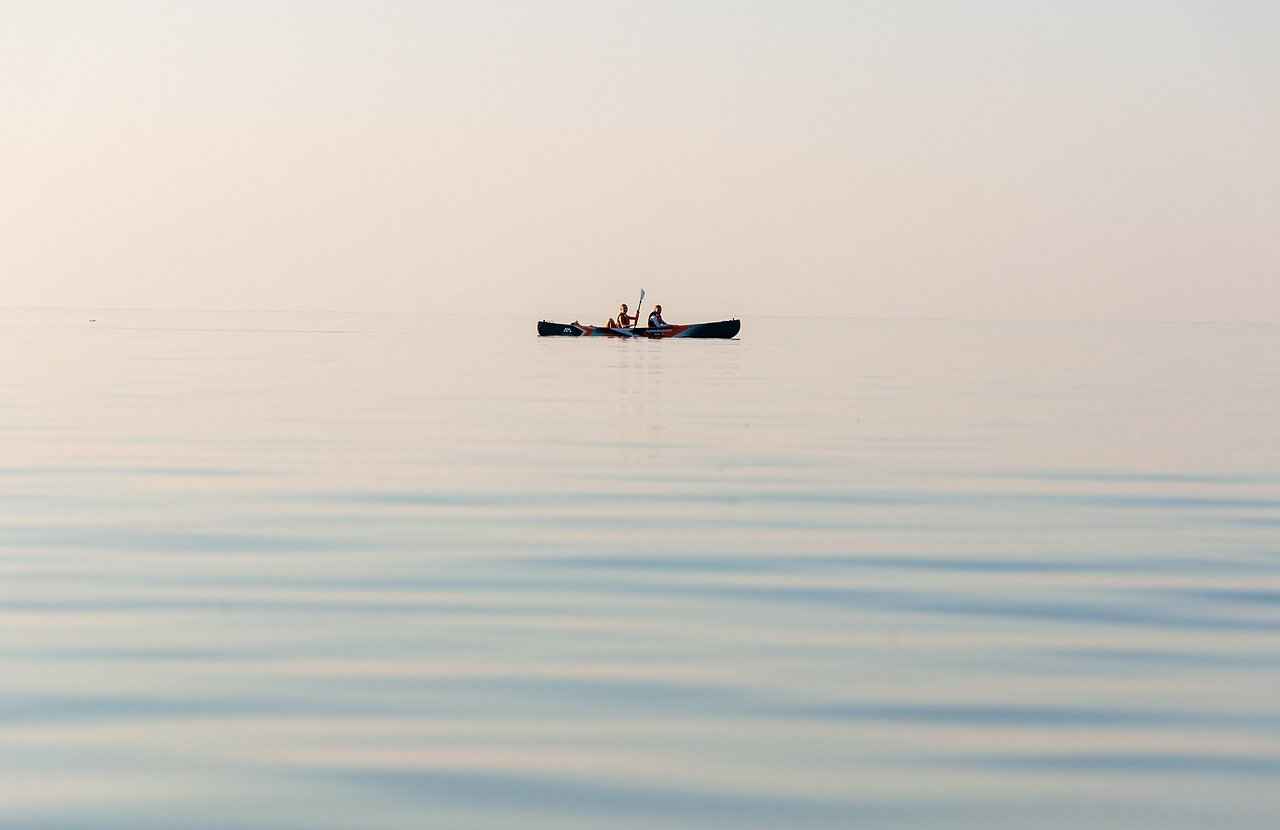
Real-World Observations
In the realm of cooking, often provide insights that scientific studies may overlook. When it comes to boiling water, anecdotal evidence from everyday cooking experiences can illuminate the nuances of this seemingly straightforward process. Many home cooks have their own stories about the time it takes to boil water, and these experiences can reveal valuable lessons about temperature, container choice, and even environmental factors.
One common observation is that water in a smaller pot tends to boil faster than water in a larger one. This is primarily due to the surface area-to-volume ratio. A smaller pot has less water to heat, which means that the energy from the heat source is more efficiently transferred. Additionally, many cooks have noted that using a lid can significantly speed up the boiling process. By trapping heat and steam, a lid minimizes heat loss and allows the water to reach its boiling point more quickly.
Another interesting anecdote comes from the use of different types of cookware. For instance, stainless steel pots may heat water differently than those made from cast iron or aluminum. Home chefs often report that aluminum pots, due to their excellent thermal conductivity, can bring water to a boil faster than other materials. This practical knowledge highlights the importance of material choice in cooking efficiency.
Environmental factors also play a role in boiling water. For example, cooks in high-altitude areas often find that water boils at a lower temperature due to decreased atmospheric pressure. This means that food cooked in boiling water may require adjustments in cooking time or temperature. Such observations emphasize the importance of understanding one’s cooking environment and adapting techniques accordingly.
Moreover, personal experiences often lead to unique cooking methods. Some individuals swear by starting with hot tap water instead of cold, believing it saves time. While scientific studies provide mixed results on the effectiveness of this method, the anecdotal evidence suggests that many find it beneficial. This reflects the broader idea that practical experience can sometimes challenge established scientific norms.
Lastly, the psychological aspect of cooking should not be overlooked. The anticipation of waiting for water to boil can lead cooks to experiment with different methods and techniques. Many have shared their stories of timing the boil while preparing other ingredients, which can create a more efficient cooking experience overall. These observations highlight the importance of multitasking and efficient planning in the kitchen.
In conclusion, while scientific principles provide a foundation for understanding boiling water, enrich our knowledge and inform our cooking practices. By paying attention to personal experiences and practical insights, cooks can enhance their efficiency and effectiveness in the kitchen. Whether it’s through the choice of cookware, the environment, or simply personal preference, these observations contribute significantly to our understanding of the boiling process.
Conclusion: Practical Takeaways
Understanding the dynamics of boiling water is not just an academic exercise; it has practical implications that can significantly enhance your cooking experience. By grasping the principles behind boiling, you can make informed decisions that improve both the efficiency and effectiveness of your culinary practices.
Practical Insights for Everyday Cooking
- Start with the Right Temperature: Knowing that cold water takes longer to reach boiling point than hot water can guide your preparation time. For quick meals, always opt for pre-heated water.
- Utilize Lids: Covering your pot not only traps heat but also minimizes evaporation, leading to a faster boiling process. This simple practice can save time and energy.
- Consider Pot Material: Different materials conduct heat at varying rates. For instance, stainless steel pots can take longer to boil water compared to copper or aluminum pots, which are better conductors of heat.
- Watch the Quantity: The amount of water you’re boiling affects the time it takes to reach a boil. Smaller volumes heat up faster, so adjust your water quantity based on your cooking needs.
- Be Mindful of Altitude: If you live at a higher altitude, water boils at a lower temperature, which can affect cooking times and methods. Adjust your recipes accordingly to ensure optimal results.
Enhancing Your Cooking Techniques
Understanding the science of boiling can also influence your cooking techniques. For example, when making pasta, starting with hot water can reduce the overall cooking time, allowing for a more efficient process. Additionally, knowing that water boils at different temperatures under varying atmospheric pressures can help you adapt recipes when cooking in different environments.
Common Misconceptions Addressed
Many people believe that hot water will always boil faster than cold water, but this is not a straightforward truth. While it is generally true that starting with hot water can lead to quicker boiling, factors such as pot size, heat source, and water volume can alter this outcome. Understanding these nuances helps debunk myths and fosters a more informed approach to cooking.
Real-World Applications
In practical terms, the knowledge gained from understanding boiling dynamics can lead to better meal planning and preparation. For instance, if you know that a particular dish requires boiling water, you can preemptively start heating your water while preparing other ingredients, optimizing your time in the kitchen.
Moreover, awareness of boiling principles can enhance safety in the kitchen. Understanding how quickly water can reach boiling point helps prevent accidents and burns, especially when children are involved in cooking activities.
In summary, the insights gained from exploring the boiling process of water extend far beyond mere scientific curiosity. They offer concrete, actionable strategies that can transform your cooking practices, making them more efficient, safe, and enjoyable. Embrace these takeaways and elevate your culinary skills to new heights.
Frequently Asked Questions
- Does hot water really boil faster than cold water?
While it might seem logical, the answer isn’t straightforward. Hot water can start to boil faster due to its higher initial temperature, but factors like heat transfer efficiency and the environment play a significant role.
- What is the Mpemba effect?
The Mpemba effect is a phenomenon where hot water can freeze faster than cold water under certain conditions. This surprising effect raises questions about the behavior of water and the factors influencing boiling and freezing times.
- What factors influence boiling time?
Several factors affect how quickly water boils, including the pot material, the heat source, and the initial temperature of the water. Understanding these can help you make better cooking decisions!
- Are there practical cooking tips related to boiling water?
Absolutely! Starting with hot water can save time when boiling for cooking. However, always consider the type of dish and the specific requirements of your recipe!
- Is there any scientific evidence regarding hot vs. cold water boiling?
Yes! Various controlled experiments have been conducted to explore this topic. They show that while hot water may boil faster, it often depends on the specific conditions of the experiment.
